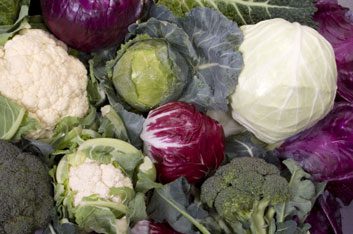
Why eat more crucifers?
Bok choy, broccoli, cabbage, cauliflower and kale are just some members of the versatile cruciferous-or cabbage-family of vegetables. (Cruciferous means “cross-bearing,” and the plants’ four-petal flowers form the shape of a cross.) Canada’s Food Guide recommends that at least one of the seven to eight servings of fruit and vegetables we eat each day should be dark green. Here are some healthy reasons why you’ll want to make a large portion of those greens cruciferous.
1. Lower your risk of cancer
Toss raw broccoli florets into salads to take advantage of their super cancer-fighting power. Over 20 years of research has found that people who eat lots of broccoli have a significantly lower risk of colon, cervical, lung and bladder cancers. And a study in Carcinogenesis in 2008 found that the sulforaphane in broccoli kills and inhibits the proliferation of precancerous breast cancer cells.
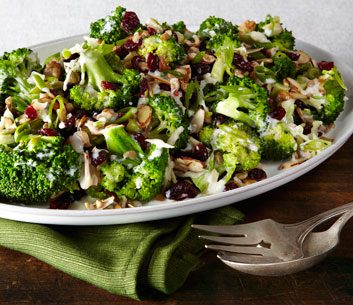
1. Lower your risk of cancer
Toss raw broccoli florets into salads to take advantage of their super cancer-fighting power. Over 20 years of research has found that people who eat lots of broccoli have a significantly lower risk of colon, cervical, lung and bladder cancers. And a study in Carcinogenesis in 2008 found that the sulforaphane in broccoli kills and inhibits the proliferation of precancerous breast cancer cells.
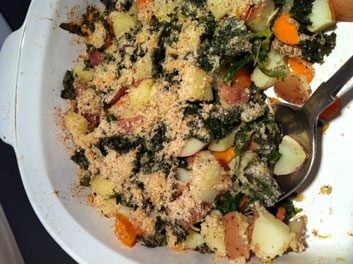
2. Take care of your bones
Add chopped kale to stir-fries and soups. A half-cup (125-mL) serving of cooked kale is a non-dairy source of calcium (47 mg) and an excellent source of vitamin K (531 mcg)-both keep bones strong.
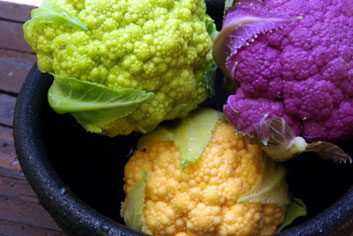
3. Fight heart disease
Add cauliflower to a veggie-and-dip tray, as it’s an excellent source of vitamin C, an antioxidant that can help fight heart disease. One cup (250 mL) contains about three quarters of your daily needs. While cauliflower is great no matter how it’s prepared, a Spanish study shows its antioxidant levels are highest when it’s raw.

4. Reduce your risk of diabetes
Eat shredded cabbage in a salad or low-fat coleslaw and gain soluble fibre. It forms a gel in your stomach that acts as a barrier between your food and enzymes, so your meal digests more slowly, helping to control blood sugar. One study found women who ate cruciferous vegetables most often reduced their risk of diabetes by two thirds compared to those who ate them less often.
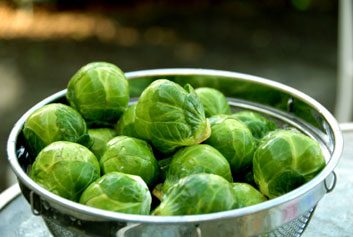
5. Get your protein
Serve Brussels sprouts with a grain such as rice or quinoa to add the complementary amino acids needed for a complete protein. About one third of these mini-cabbages’ calories are from protein.
Related:
• 11 ways to eat ways to eat dark green vegetables
• 4 essential foods to keep you healthy
• 10 ways to sneak more veggies into your diet
